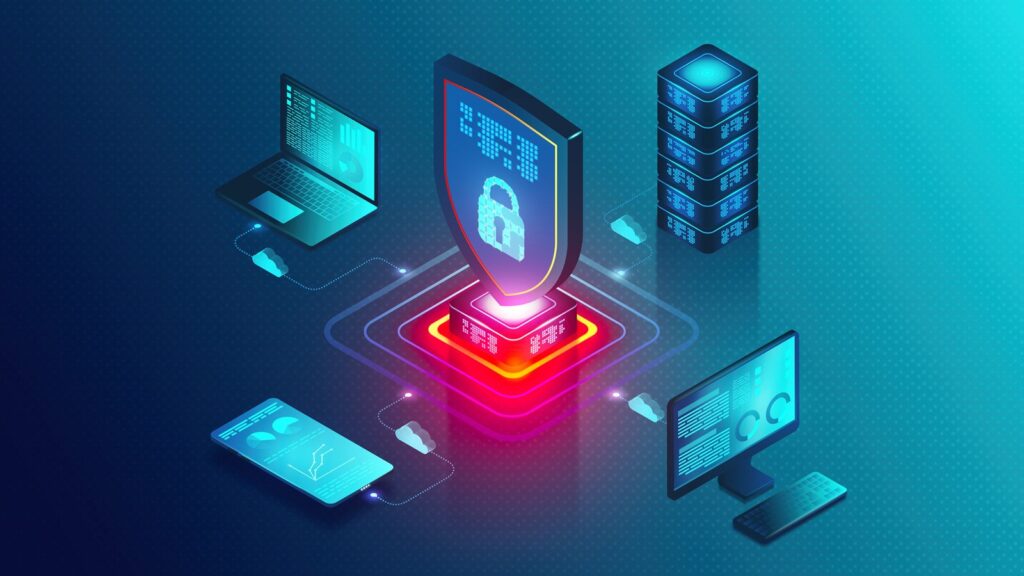Author: Gene Moody, Field CTO at Action1
For many IT leaders, the warning signs appeared gradually: devices slipping out of compliance for weeks, patch cycles extending well beyond acceptable risk thresholds, and admins struggling to adapt on-prem tools to a hybrid workforce.
SCCM was once the gold standard of Windows endpoint management, serving organizations faithfully since the 1990s. But as workforces became distributed and threats accelerated, the model it was built on—local networks, VPNs, and servers—became a bottleneck instead of a foundation.
Hybrid work changed everything, yet many teams are still running architectures that depend on a perimeter that no longer exists.
1. The VPN Problem: Why Legacy Tools Can’t Keep Up
Today’s hybrid workforce exposes the limits of any system that depends on corporate network connectivity. SCCM and WSUS require endpoints to check in over LAN or VPN.
That means if a remote device doesn’t connect, it doesn’t get patched. And for many organizations, it’s the daily norm.
One enterprise reported that, before modernizing, a third of remote endpoints went 30 days or more without a single update because VPN usage was inconsistent.
Bottom Line: SCCM and WSUS depend on VPN connectivity. When users disconnect, so does your patch compliance.
2. WSUS Deprecation: The Clock Is Ticking
Compounding the issue is WSUS, the engine behind SCCM patch orchestration, which is now officially deprecated. No innovation, no modern security integration, and an ever-growing list of maintenance headaches.
Admins continue to fight WSUS re-indexing issues, database corruption, and synchronization failures. A WSUS breakdown stalls remediation entirely, increasing exposure at exactly the wrong time.
Bottom Line: SCCM’s reliance on WSUS keeps organizations chained to a fragile, end-of-life patching system.
3. Cloud-Native Patch Management: Built for Hybrid Work
This is where cloud-native patch management fundamentally changes the equation.
Unlike legacy systems, SaaS-based tools like Action1 don’t depend on the corporate network. Endpoints check in securely over the internet, regardless of where users are. Home Wi-Fi, hotel broadband, or the office.
Patches follow the user, not the VPN. Content comes from global delivery networks that eliminate congestion and fragile on-prem repositories. The result: consistent patching, lower latency, and fewer blind spots.
Bottom Line: Cloud-native patching eliminates the VPN bottleneck, delivering updates wherever devices live.
4. Real-World Results
Organizations that modernize their patching see measurable and repeatable gains:
One mid-sized enterprise reduced its time to reach 95% patch compliance from 12 days to 48 hours after moving off SCCM + WSUS.
Another customer cut their vulnerability window by half once VPN dependency was removed from the patch process.
Shorter patch cycles directly reduce the likelihood of breach, lower cyber-insurance premiums, and improve compliance metrics. Meanwhile, eliminating reliance on VPNs keeps remote systems isolated from critical infrastructure while maintaining full control.
Bottom Line: Modern patching delivers faster remediation, lower risk, and stronger compliance.
5. The Cost of Staying Legacy
Maintaining SCCM and WSUS is expensive, not because of licensing, but because of everything around them.
Servers. SQL databases. Distribution points. VPN troubleshooting. Constant cleanup of WSUS metadata or stuck clients.
Each layer consumes budget and admin hours that should be spent improving security, not maintaining infrastructure. Cloud-native solutions remove nearly all of this overhead. No on-prem servers. No synchronization failures. No more waiting for machines to “come home” to get updates.
Bottom Line: Legacy patching tools look “free,” but their hidden costs add up fast.
6. Aligning IT and Security Priorities
Today’s CISOs and IT directors want measurable outcomes, not abstract elegance. Action1 delivers those through automation, real-time visibility, and consistent coverage across distributed environments.
By eliminating the need for VPNs or internal networks, patch compliance becomes predictable. When endpoints are updated on time, every other part of your security program improves, vulnerability windows shrink, incident response accelerates, and audit readiness becomes effortless.
Bottom Line: Predictable patching equals predictable security outcomes.
7. Preparing for What’s Next
Hybrid work is no longer the exception, it’s the standard. Yet many organizations are still relying on architectures designed for a world where every endpoint sat behind a firewall.
As SCCM and WSUS age out, the risk remains the same. Cloud-native solutions like Action1 were built from the ground up for modern connectivity, automation, and compliance visibility.
In a market defined by constant change, the organizations that thrive are those that modernize before an incident forces them to.
Bottom Line: The shift from SCCM and WSUS to cloud-native patching is a risk-management decision, not just an upgrade.
The Key Takeaway
For IT leaders evaluating the next step in endpoint management strategy, the message is clear: the hybrid workforce is here to stay. Legacy architectures tied to on-prem boundaries and deprecated patching engines can’t keep pace.
Cloud-native, automated solutions like Action1 are already solving these problems today, reducing overhead, improving compliance, and strengthening security posture for distributed organizations everywhere.
Try it free today and discover how effective modern patch management can be.
Sponsored and written by Action1.







